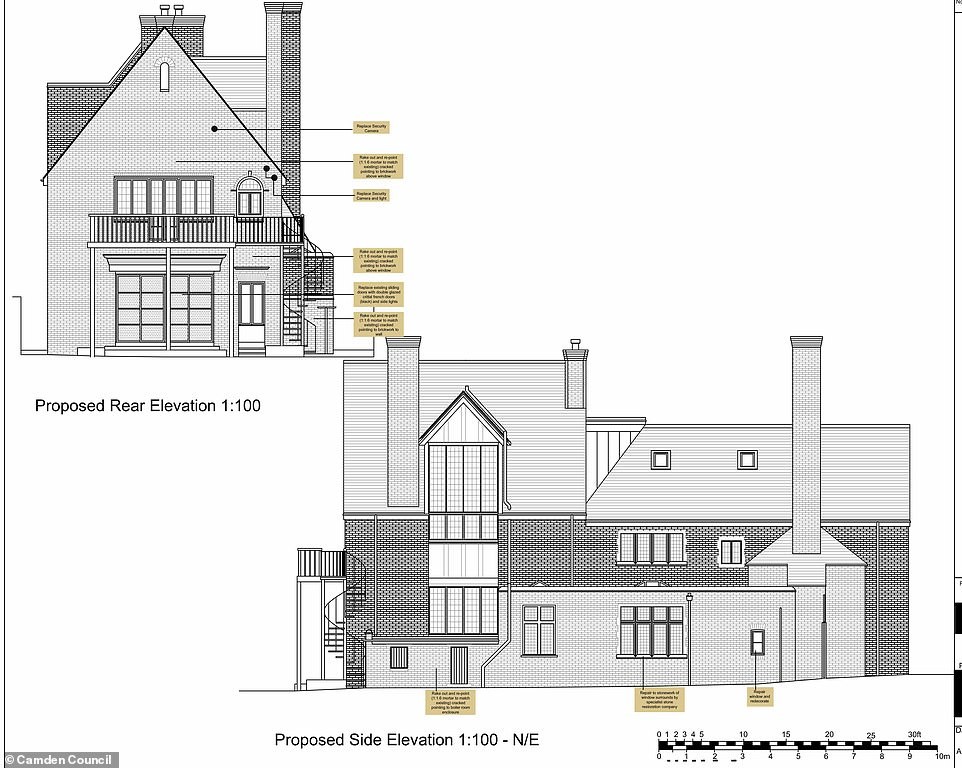Security is often seen as something done ‘to’ people rather than ‘for’ people. Despite the progress, it still struggles to be seen as the profession it is. In fact, those involved are not perceived as the respected professionals they are. Along these lines, a celebrity PR campaign comprises one of those struggles.
When looking after people in the public eye, their PR team, their lawyers, and their management team are perceived as more important than the security team employed. In some cases, despite the experience and skill set, the security professionals are still told what to do by the principal. Most worryingly, their advice is rarely sought.
This is, of course, frustrating. But, more importantly, it is a dangerous position to take.
To that effect, let’s take the recent article by the British pop star Rita Ora.
PR Campaign Gone Wrong
For context, once a favourite of the popular media, she fell foul of them when she was caught having a very public party during Covid. As a result, she left the UK and tried to rebuild her reputation from afar. Having recently returned to the UK, a PR campaign has ‘spun’ into action.
This PR campaign included giving a 12-minute video tour of her GBP7.5million, Grade II-listed London home to Architectural Digest. That article was then re-published to The MailOnline in the UK, which has roughly 24.7 million monthly visitors.
In that article, Rita Ora identifies a ‘Blue Plaque’ outside her home. A Blue Plaque is a permanent sign installed in a public place in the UK and elsewhere to commemorate a link between that location and a famous person, event, or former building on the site, serving as a historical marker.
When we look at this PR exercise from a security perspective, it generates several significant and some permanent security risks.
The primary issue is that Blue Plaques are all registered, so that a simple Google search will give you the full home address of Rita Ora. She cannot take the plaque down or change her address. She has now publicised exactly where she lives.
Next, we are treated to a video tour of her home, including her pointing out highly valued bespoke art pieces.
The Panic Room Revealed
The article provides further links to other articles in which we find out that within the plans for the redevelopment, there is a panic room.
Further images published highlight exactly where the security cameras will be located.
In this example, pretty much every security issue that should be kept private has been published. Doing so hugely increases the risk to her and possibly compromises her insurance.
I suspect this has happened because the security professionals are not included or considered intrinsic to her team. This may be because they haven’t proven their worth or perhaps because they have been kept at arm’s length.
Red Flags Everywhere
This is a critical error. When working with any team looking after a person of prominence, power, or significant wealth, the security team must be included in all plans, whether:
- PR,
- Promotional or
- Otherwise.
They must demonstrate from the outset that they are professionals that add value and have relevant knowledge.
Security professionals are not expected to be experts in everything. But they must show that they have an awareness of the broader security implications, especially for a PR campaign.
The publicity attached to the article will be gold dust to anyone fixated on Rita Ora, who will spend hours, days and weeks researching the person they are obsessed with. They crave proximity, so they know where:
- She lives,
- The security cameras are, and
- Best to hide, given the garden layout.
To the criminals who target such people, they can conduct most of their research without leaving home and enter the premises fully aware that she possesses unique pieces of artwork made exclusively for her.
Kidnap Potential
The plans of the home are also certainly available online, and having watched the video and identified the rooms she shows off. It’s possible to locate where the panic room is and how to prevent her from getting there. That sought of detail is ideal for a kidnap team.
Whenever engaging with a new client, it is critical to establish what role you will play. If you are excluded from the type of decisions mentioned, then your ability to perform is undermined, and your reputation will be trashed in the event of a security failure.
The security professional can add significant value by providing a detailed risk assessment, identifying potential issues and how to defuse them. That may require some proactivity in determining what private information is publicly available and whether that can be rectified.
Final Remarks
Imagine the difference this article might look with the advice of a security professional’s involvement. Let’s suppose that they were determined to pursue the PR opportunity.
The security professional might advise that before doing so:
- any building and other plans of the home be removed from the internet,
- that no references be made to the Blue Plaque or to those who previously lived at that address, and
- that no external pictures were published.
Suddenly, you have an article about her new home, without any details of where it is or how you might find it. There would be no plans online providing details of the location, the security cameras, or a panic room. Those mitigations then make it far more difficult for anyone to target that home, enabling the occupant to feel much safer.
Such articles and feature magazines like Hello and similar publications give far too much information away.
The fact is that when a security team is brought in, it is because there is a real or perceived risk. When embraced as an integral part of the team, the security professional’s involvement can be the difference between life and death.







